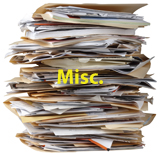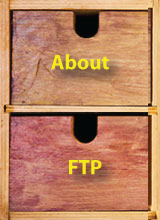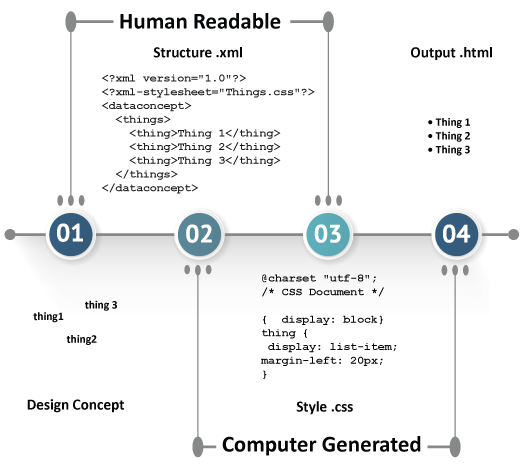
 |
   |
Big fat books have been the staple product of technical writers for many years. Then along came Tim Berners-Lee. Nothing has been the same ever since. But this has not diminished the value of large manuals or their importance to manufacturers, service providers and industries of all types and sizes. You are, in fact, reading a training manual right now! This is merely a highly formatted HTML output of a single XML (Extensible Markup Language) file that conforms to a standard known as DocBook 5.0 Previously, documents had to be formatted as a book in order for a print service to set a print run. If you wanted to publish your document to the web, you needed to re-format the document again and so on. All this re-formatting got extremely pricey very quickly! This would be especially true if your information changed very often. XML changes all this by separating the content from the formatting. With XML, you can create a single data source and generate web output, printed books, web help and much more from one file. The tabs above will get you started on an XML authoring journey -if you are so inclined. If you would rather have someone else convert/create files for you then they will provide a thumbnail sketch of what is involved. They focus on basic data set formations, validation structures and deployment options. I try to think in universal terms when it comes to a new XML design. So just substitute your own concepts for thing 1, 2 and 3 in the following graphic. The example shows the progression from XML to an HTML file, however, if you substitute a different CSS (or XSLT) file, it will transform the XML into other formats as well. The Process  Here are a couple short articles that might be helpful if you are starting from scratch with a new document, book, web site or whatever. The points are universal and affect the way you will structure your code later in the process.
|
|